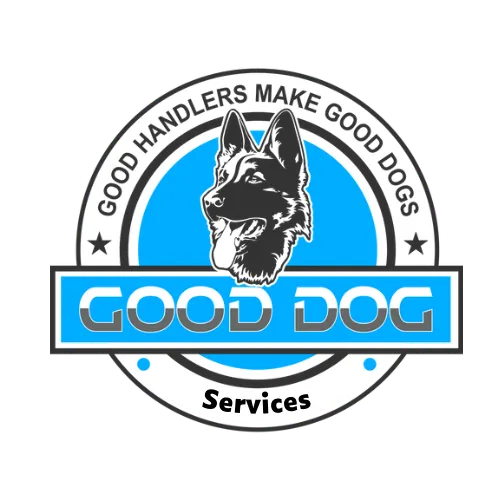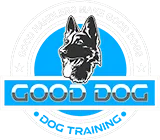Frequently asked questions
What if my dog is aggressive?
Aggressive behavior needs to be evaluated because a lot of times it's not even aggression. It's just the dog over capping through excitement or in most cases, a lack of clarity and confidence. Owners tend to hear the barking and the snarling and some growling, but vocalization as a whole doesn't mean aggression all the time. Providing a professional trainer to come out to you and evaluate whether it really is aggression and not fear is always the first step to knowing for sure. For example, when people walk into your house and your dog is barking at them, are you telling them to be quiet, shut up, calm down, relax, or even holding them back? Without realizing, we are reinforcing the issues that we are trying to prevent due to a lack of clarity between what you are saying, what you want, and what the dog is doing. When owners are trying to calm them down as if they're a child, with soothing tones and petting while the dog is still reacting, they’re just reinforcing the “aggressive behavior” that you see when people walk in.
At what age can I start training my dog?
As young as eight weeks old. This should be your opportunity to do the small stuff at home to ensure the puppy is set up for success. For example, crate training should always be a part of training. This doesn’t mean throw the puppy in the crate and leave it there. Crate training is a process where the dog realizes that the crate is a rest/zen area. This shouldn’t be used as a dog’s punishment as this can lead to a negative reaction when the dog goes in the crate. Crate training also allows a boundary to be built to ensure the dog doesn’t destroy anything and get repetitions that things laying around the house are “toys” even if they are not.
How do I know what motivates my dog?
What I would do is I would put all the toys and food scattered on the floor with the dog in another room as I'm doing this. Once everything's all set up, I would take the dog on a leash and I walked the dog around and whatever he stops on essentially would be considered a high reward. In which case you would put it away and you only use it for training. Move the dog back into the other room, rearrange the toys, then you do it again. You’d want to repeat this process two to three rewards because you want the dog to also understand an exchange of rewards early on to prevent any unwanted problems in the future.
So, let's say it's a ball, a fluffy toy and food in the order. That would be your order of value. Along these lines, you can then see if different balls they might like or different fluffy toys they might like or different types of treats they might like. Along the development process of dogs, the values may change according to the dog, so I would always evaluate what they want the most and structure your approach around what the dog values the most.

We Come To You!
75 E Horizon Ridge Pkwy Suite 100, Henderson, NV 89002
© 2022 – 2023. All rights reserved. | Privacy policy | Powered by Cogent Marketing
